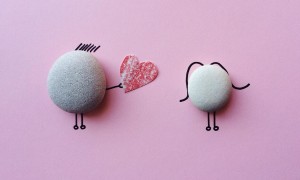你知道现在有一种工作叫表情符号翻译员吗?伦敦一家翻译公司发现同样的符号表情在不同国家有不同的含义,因此需要聘请专门的表情符号专家来翻译,他们希望在2017年到来之前招到一名兼职译者。
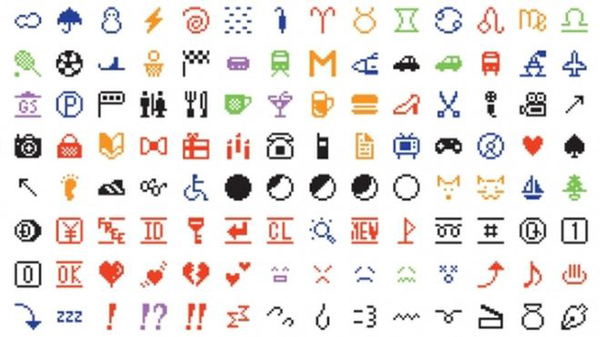
A company in London has advertised for an emoji translator in what is thought to be the first such job worldwide.
伦敦一家公司已经在招募表情符号翻译者,这应该是世界上第一个这种类型的工作。
The role will involve explaining cross-cultural misunderstandings in the use of the mini pictures, and compiling a monthly trends report.
这份工作包括解释迷你表情图片使用中的跨文化差异,以及编写每月趋势报告。
Last year, a UK linguist said emoji was the country's fastest-growing language.
一位英国语言学家去年曾表示,表情符号是英国发展最快的语言。
Jurga Zilinskiene, head of Today Translations, needed someone to translate diaries into emojis for one of her clients, but could not find a specialist.
今日翻译公司的老板尤尔加•奇林斯基尼需要为她的一位客户找个人,把记事簿翻译成表情符号,但找不到这方面的专家。
She says software translations can only go so far and a human translator was needed, so the agency posted an online job advert.
她说,翻译软件能做的有限,还是需要人工翻译,因此该公司发布了一则在线招聘广告。
With more than 30 applications so far, she is hoping to appoint somebody on a freelance basis by the start of 2017, with the potential for it to become a full-time post. Translation jobs will be paid by the word/emoji, while research into the changing trends in emoji usage will be paid at an hourly rate.
到目前为止,该公司已经收到30多份申请,奇林斯基尼希望在2017年到来之前聘用一名兼职译者,这个岗位也有可能变成全职的。翻译工作将按表情符号数量支付酬劳,而表情符号使用变化趋势的研究工作将按小时支付酬劳。
So can emojis be considered a language? No, absolutely not, says Rob Drummond, a senior lecturer in linguistics at Manchester Metropolitan University.
那么,可以认为表情符号是一种语言吗?曼彻斯特大都会大学的语言学高级讲师罗博•德拉蒙德认为,当然不行。
He says his test for a language is that you have to be able to translate a full sentence from one to another, with shared meanings - not necessarily fixed, but shared - and emoji meanings vary from person to person.
德拉蒙德说,他检测一种语言的方法是你必须能将一个完整的句子以相同的意思从一个人传递给另一个人,意思可以不固定,但是要有相同的部分。而表情符号的意义因人而异。
"It's an addition to language rather than a language itself," Dr Drummond says.
“与其说表情符号是语言,不如说它是语言的附属品,”德拉蒙德博士说。
Emojis are more nuanced than words and, like gestures or body language, can add meaning to the text they go alongside.
表情符号传达的意思比文字更微妙,而且它与手势和身体语言一样,可以为旁边的文字增添意义。
下面来看一些表情符号在不同国家的差异:
Waving hand - You might think this emoji is waving hello or goodbye. Well in China, it has a very specific meaning, along the lines of "bye, you're not my friend any more". Like a middle finger in Europe.
挥手——你可能认为这个表情符号是打招呼或再见的意思。在中国,它放在“再见,你不再是我的朋友”的文字旁有一个非常特殊的意义,就像是欧洲的竖中指手势一样。
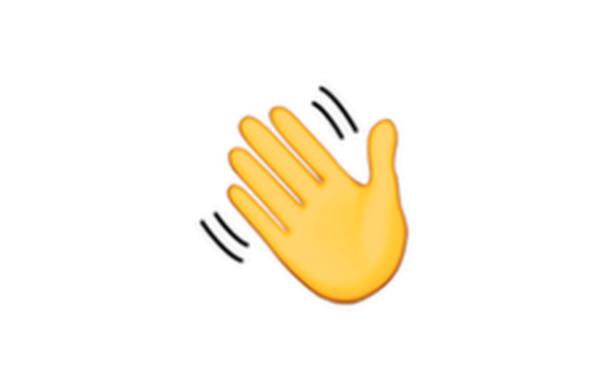
Poo - In Japan, the words for "poo" and "luck" sound similar, so it's tradition to send your friends a funny "poo" message before an exam or job interview.
便便——在日本,“便便”和“好运”的发音相似,所以在朋友参加考试或工作面试之前,给ta发一个搞笑的“便便”是一种传统。
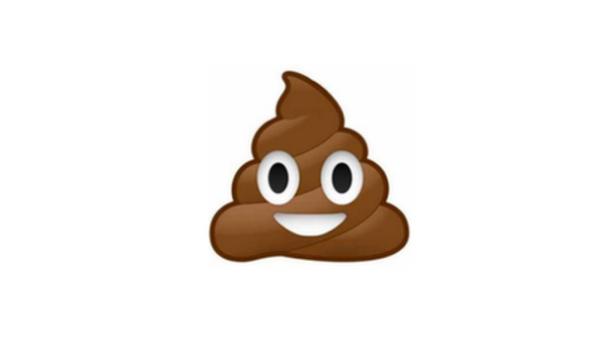
Red heart - French speakers use more heart emojis than any other language group, according to a study from last year, bumping even smiley faces off the top spot.
红心——根据去年的一项研究,讲法语的人比讲其他语种的人使用心形表情符号的次数更多,甚至把笑脸表情挤下了榜首。
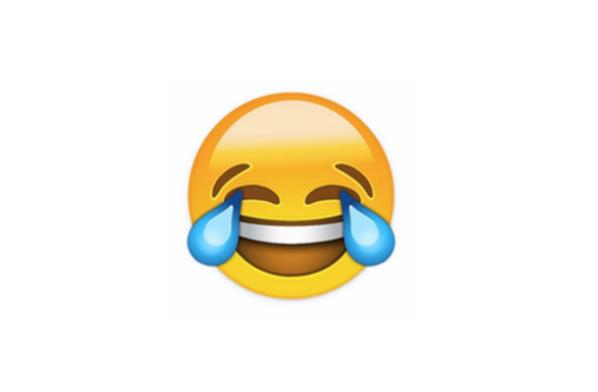
Dancing women - Originally these were Playboy bunnies, and might have been seen as strange to use in a message. But they have evolved to mean having fun with friends - and since emojis were made more diverse, there's a men's version too.
跳舞的女人——起初这些女人就是花花公子的兔女郎,在消息中使用这个表情可能被认为很奇怪。但她们的意思已经发展为与朋友玩乐——因为表情符号变得更加多样化,现在也有男版的了。
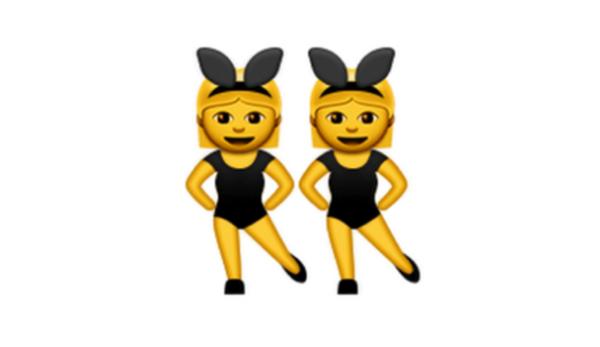
Tears of joy - The most commonly used emoji on the planet, this was the Oxford English Dictionary's word of the year for 2015. What does it mean? That depends on your perspective. It could be straightforward, a person laughing so much they're crying. It could be self-deprecating - you're laughing at yourself and a silly thing you did. Or it could be a way of gloating at somebody else.
笑中带泪——这是地球上最常用的表情符号,是牛津英文字典2015年的年度词汇。它是什么意思?这取决于你怎么看。它可以被简单地理解为,一个人笑到流眼泪。它可以是自嘲的意思——一个人嘲笑自己和自己做的蠢事儿。不过它也可能是幸灾乐祸的意思。

Vocabulary
nuance: 细微差别
self-deprecating: 自我嘲笑的
gloat: 幸灾乐祸
英文来源:BBC
翻译:董静
编审:丹妮







